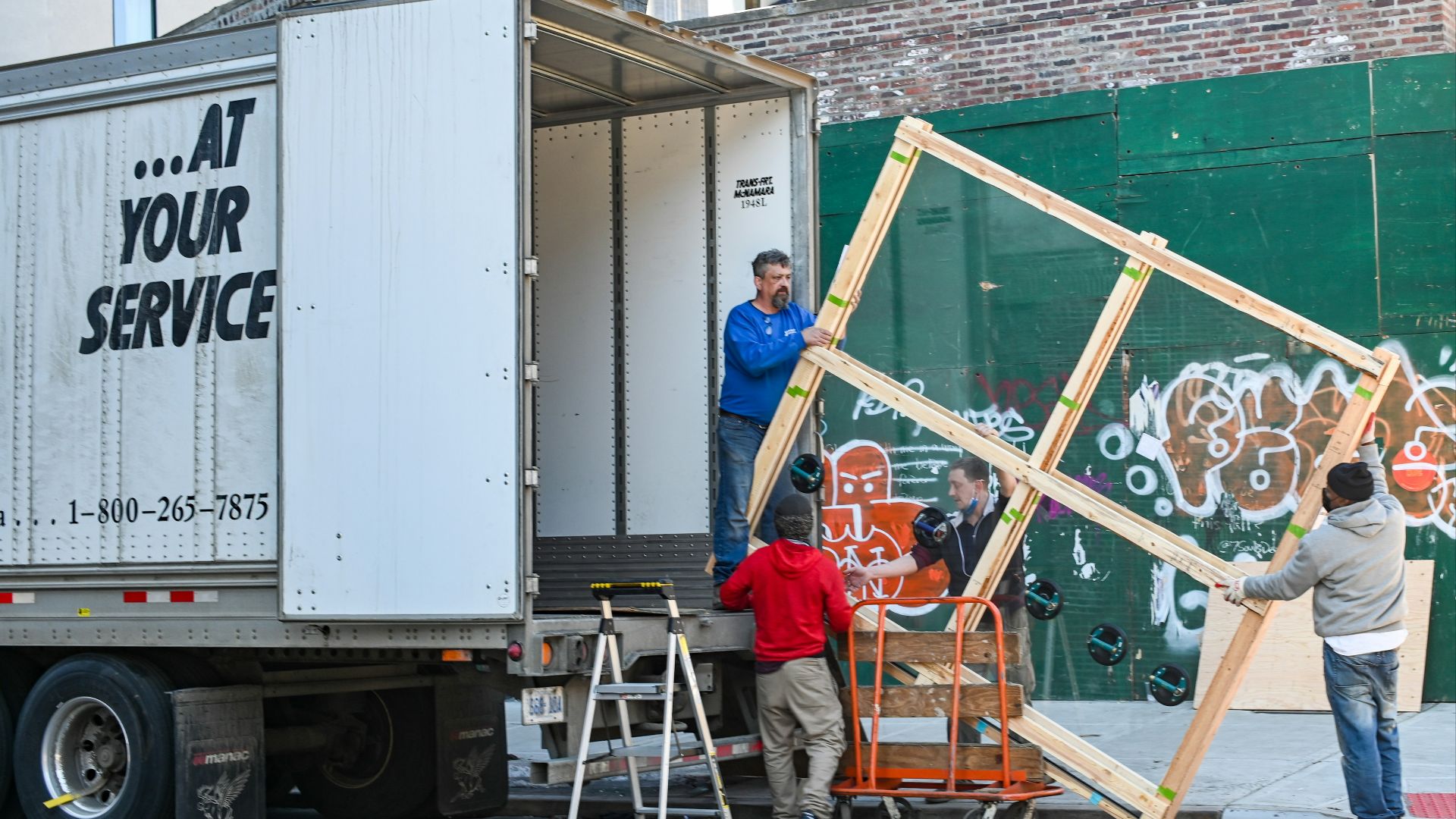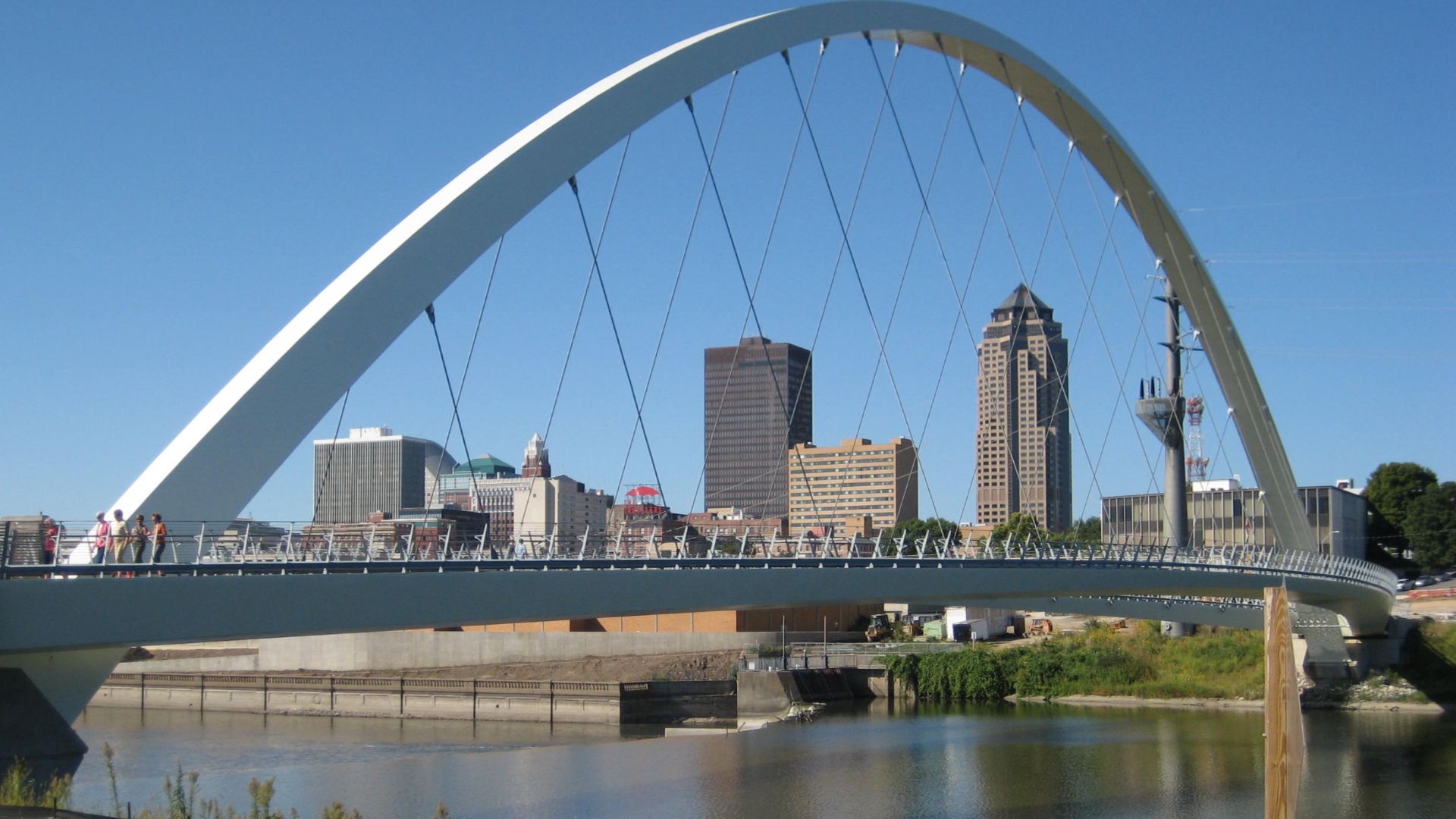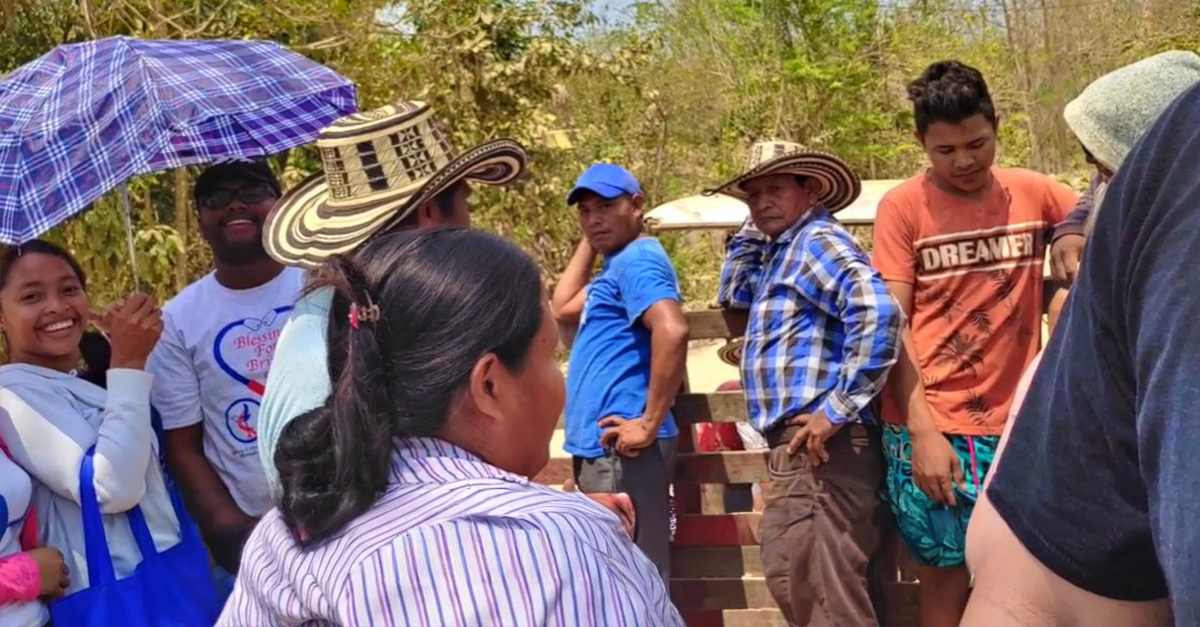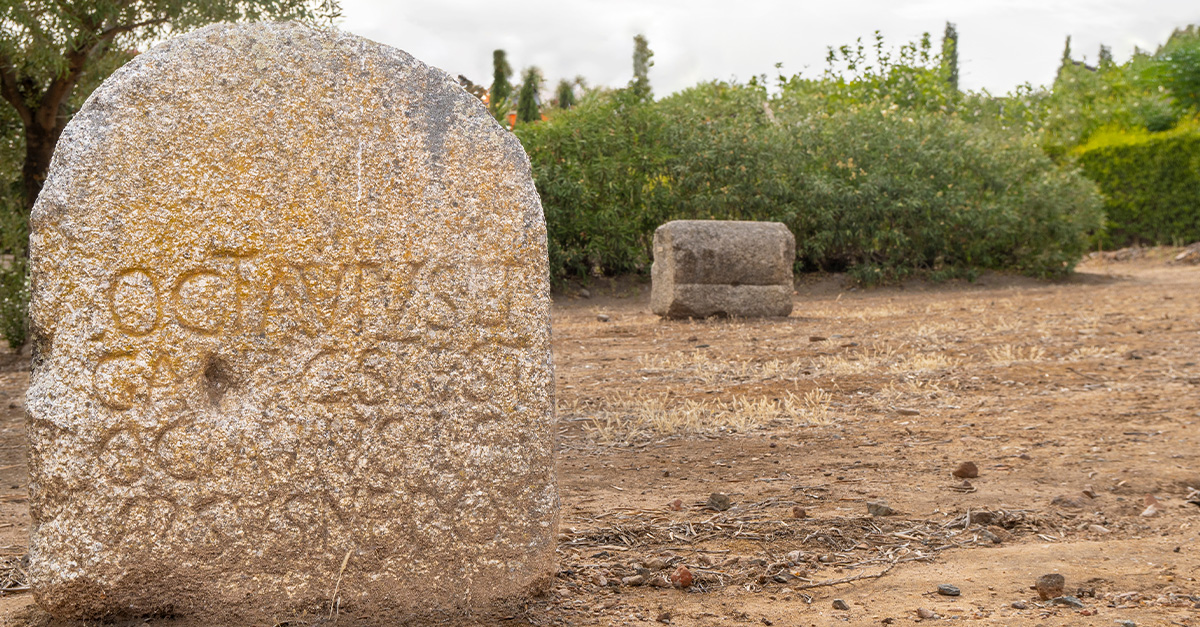From The City To The Country
In recent years, millions of Americans have traded skyscrapers for open skies. Census data shows a noticeable migration from large urban centers to smaller towns offering space, affordability, and community.

Why the Shift Away From Cities?
High housing costs, crowded living conditions, and remote work options have made small-town living more appealing. Americans are prioritizing quality of life, affordability, and proximity to nature over metropolitan amenities.
The Great Reshuffling
This population shift accelerated during and after the COVID-19 pandemic. As work-from-home became permanent for many, Americans found fewer reasons to stay in high-rent cities like New York or San Francisco.
The Magic Number: Under 500,000
The trend favors towns and small cities with populations under half a million—big enough for amenities, small enough for breathing room. These communities balance livability with economic opportunity.
Bend, Oregon: Mountain Views and Microbrews
Bend, Oregon, has seen rapid growth as outdoor lovers flock to its scenic trails, craft breweries, and thriving tech start-up scene. The population has nearly doubled since 2000, now hovering around 100,000 residents.
 Andy Melton, Wikimedia Commons
Andy Melton, Wikimedia Commons
Bozeman, Montana: From College Town to Boomtown
Once a quiet college town, Bozeman is now one of the fastest-growing small cities in America. Its proximity to Yellowstone National Park and a growing tech industry have drawn remote workers and entrepreneurs.
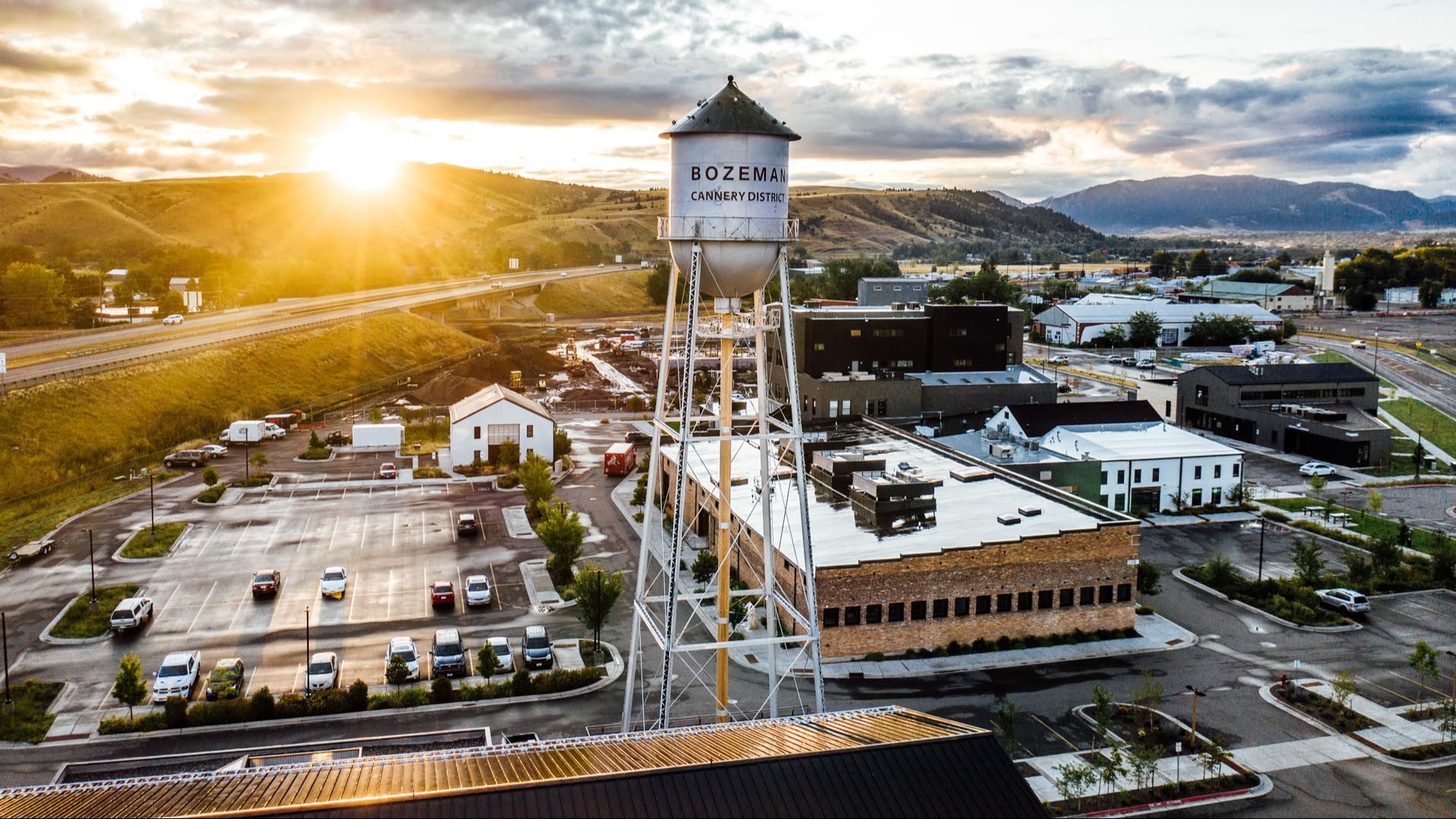 Kody McCormick Kyler McCormick, Wikimedia Commons
Kody McCormick Kyler McCormick, Wikimedia Commons
Greenville, South Carolina: The Southern Revival
Greenville’s revitalized downtown and affordable cost of living have made it a magnet for former Atlantans and Northeastern transplants. The city blends Southern charm with a modern food and arts scene.
Fayetteville, Arkansas: Small Town, Big Appeal
Fayetteville’s growth is tied to the rise of Northwest Arkansas, home to Walmart’s headquarters in nearby Bentonville. The area offers jobs, mountain biking trails, and a surprisingly cosmopolitan culture.
 Michael Barera, Wikimedia Commons
Michael Barera, Wikimedia Commons
Boise, Idaho: The Quiet Capital That Could
Boise has attracted thousands of new residents from California and Washington. Its clean streets, outdoor access, and strong job market have helped it become one of the West’s most livable small capitals.
 Jyoni Shuler, Wikimedia Commons
Jyoni Shuler, Wikimedia Commons
Chattanooga, Tennessee: Scenic City on the Rise
Once an industrial hub, Chattanooga has reinvented itself through sustainability and technology. The city’s high-speed internet and outdoor lifestyle have earned it national attention from remote workers.
 WeaponizingArchitecture, Wikimedia Commons
WeaponizingArchitecture, Wikimedia Commons
Provo, Utah: Tech Meets Tranquility
Provo is home to Brigham Young University and a growing cluster of tech firms nicknamed “Silicon Slopes.” Families are moving here for good schools, clean air, and mountain access.
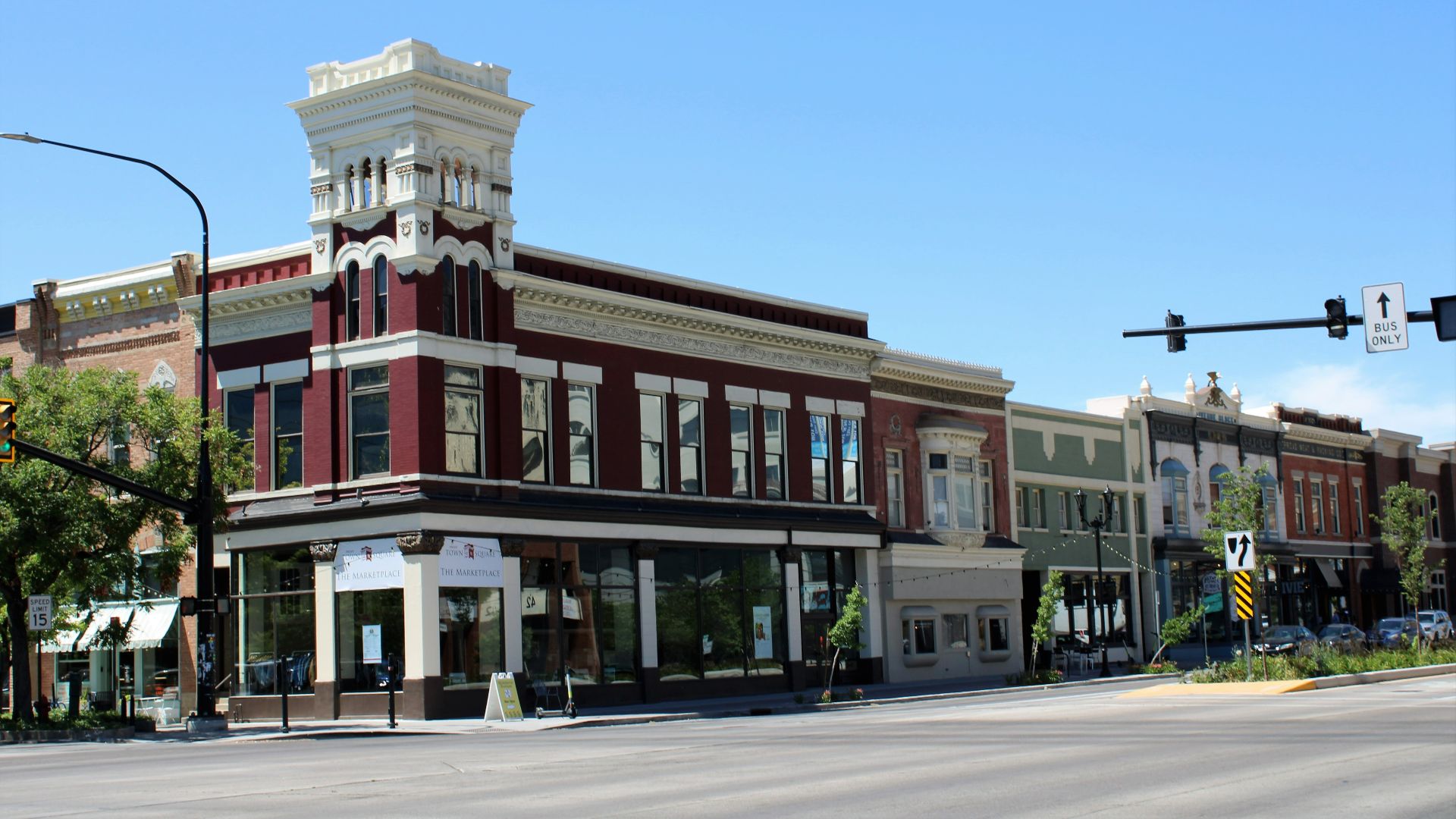 Farragutful, Wikimedia Commons
Farragutful, Wikimedia Commons
Missoula, Montana: Where Culture Meets Wilderness
Missoula combines artsy, outdoorsy, and entrepreneurial spirits. Residents enjoy river kayaking at lunch and local theater at night, drawing newcomers seeking balance between work and recreation.
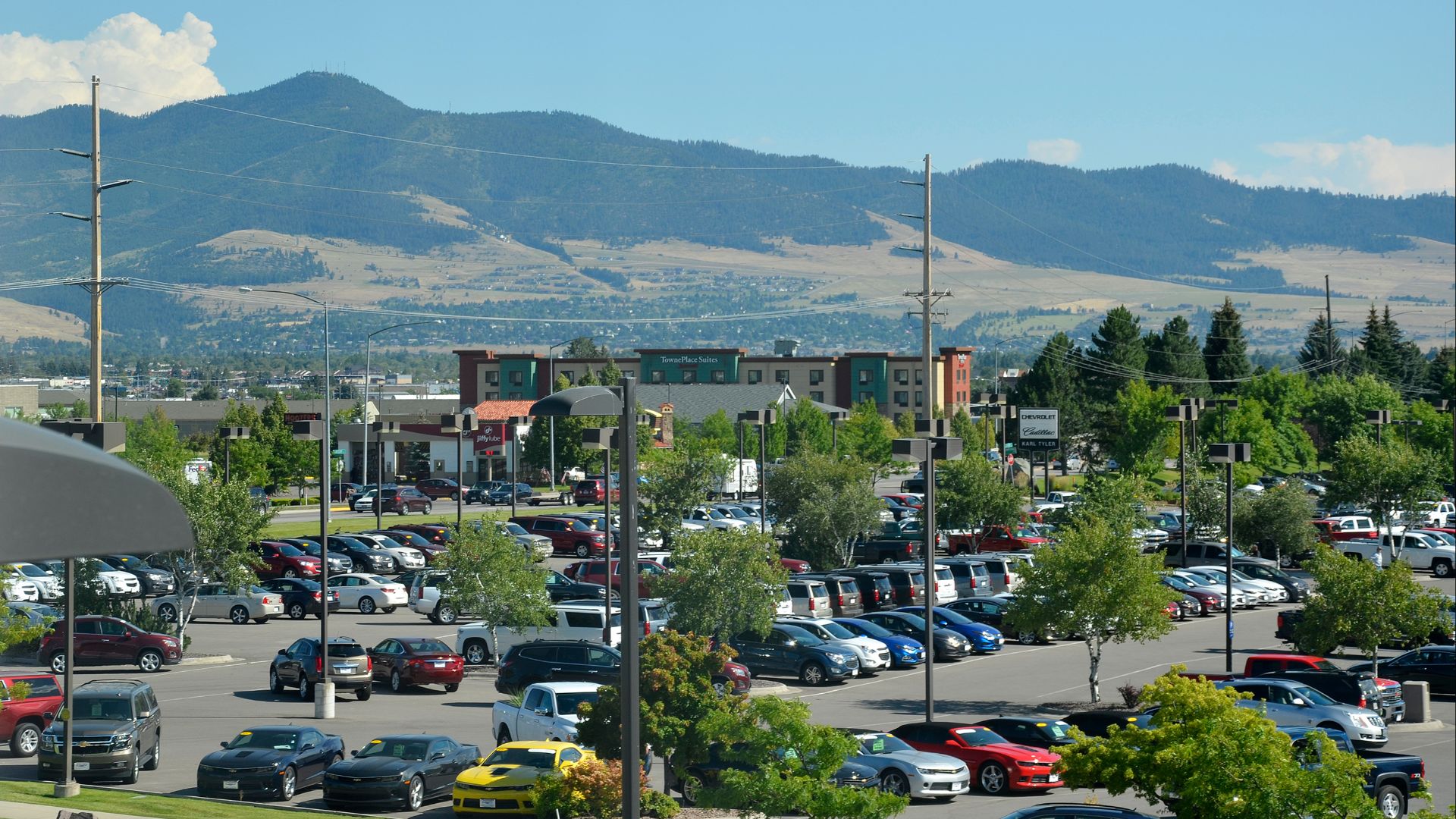 USDA NRCS Montana, Wikimedia Commons
USDA NRCS Montana, Wikimedia Commons
Madison, Wisconsin: Lakeside Livability
Madison consistently ranks among America’s happiest cities. With a strong university presence and growing tech sector, it’s luring young professionals from Chicago and Minneapolis.
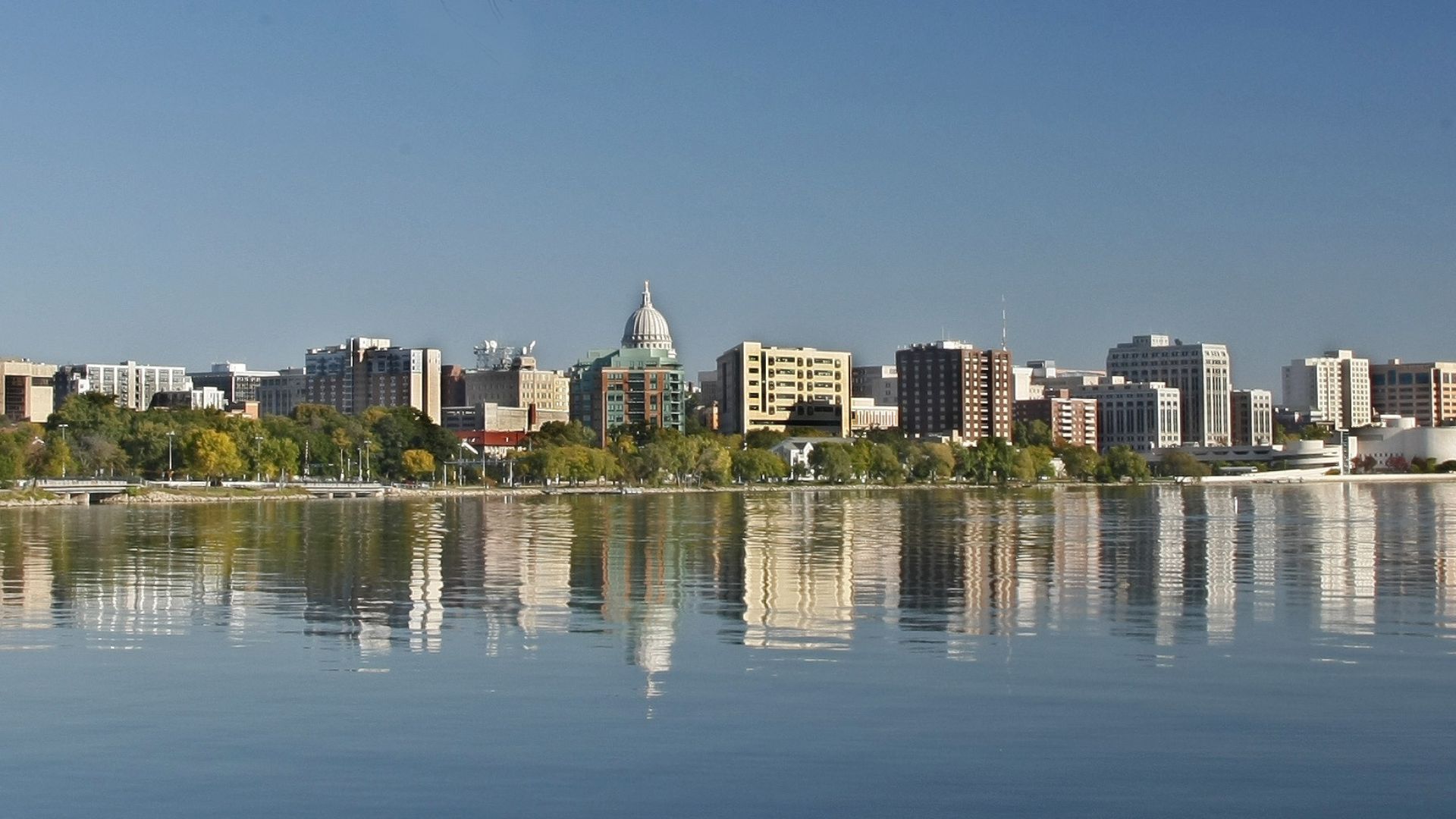 John Benson, Wikimedia Commons
John Benson, Wikimedia Commons
Asheville, North Carolina: Blue Ridge Boom
Asheville’s mix of mountain scenery and creative energy has made it a popular landing spot for urban escapees. The city’s craft beer scene and music culture continue to thrive.
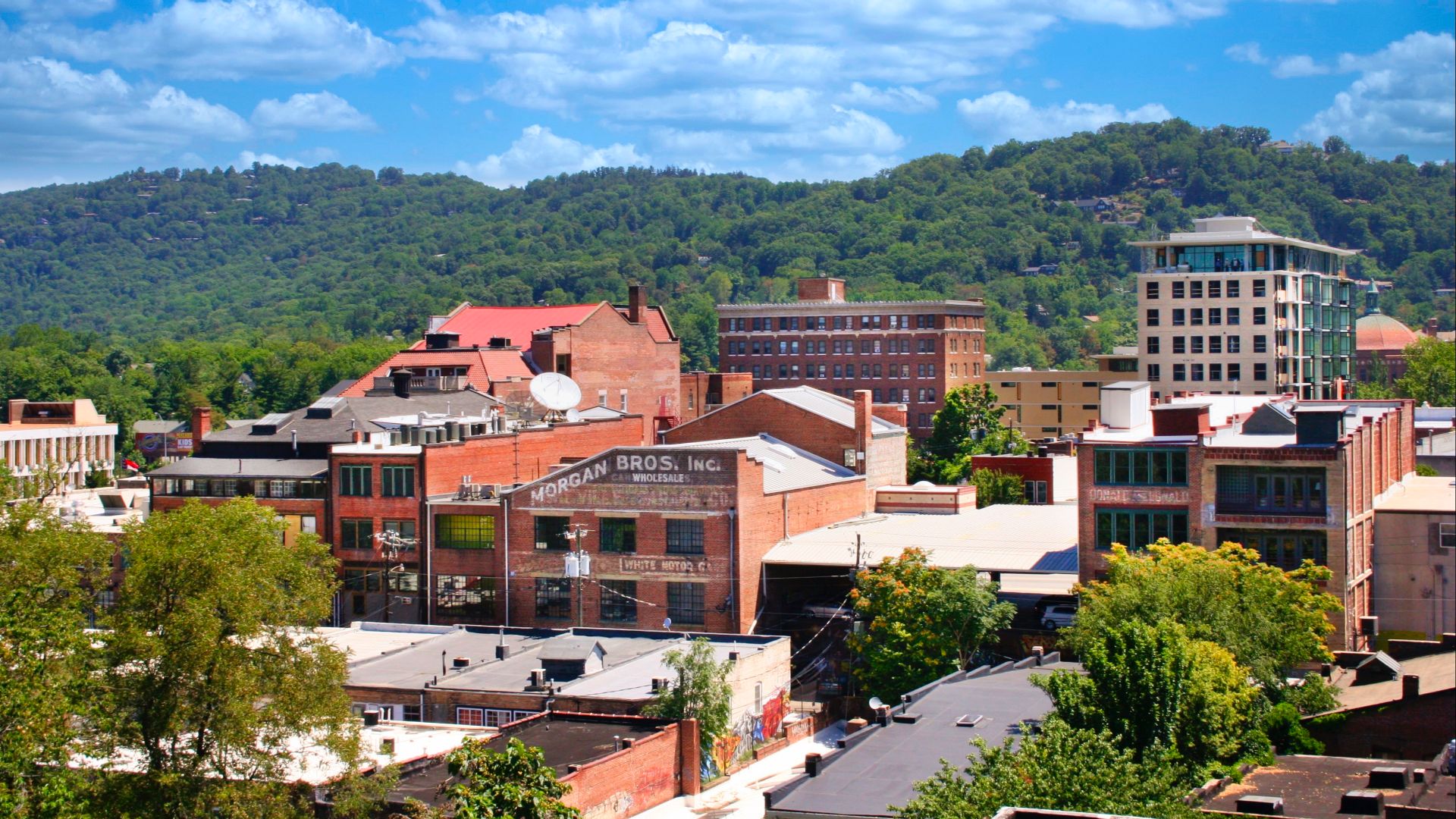 Harrison Keely, Wikimedia Commons
Harrison Keely, Wikimedia Commons
Santa Fe, New Mexico: Artistic Energy in the Desert
Santa Fe’s art galleries, adobe architecture, and distinctive desert climate appeal to retirees and creatives alike. Its population remains under 100,000 but continues to grow steadily.
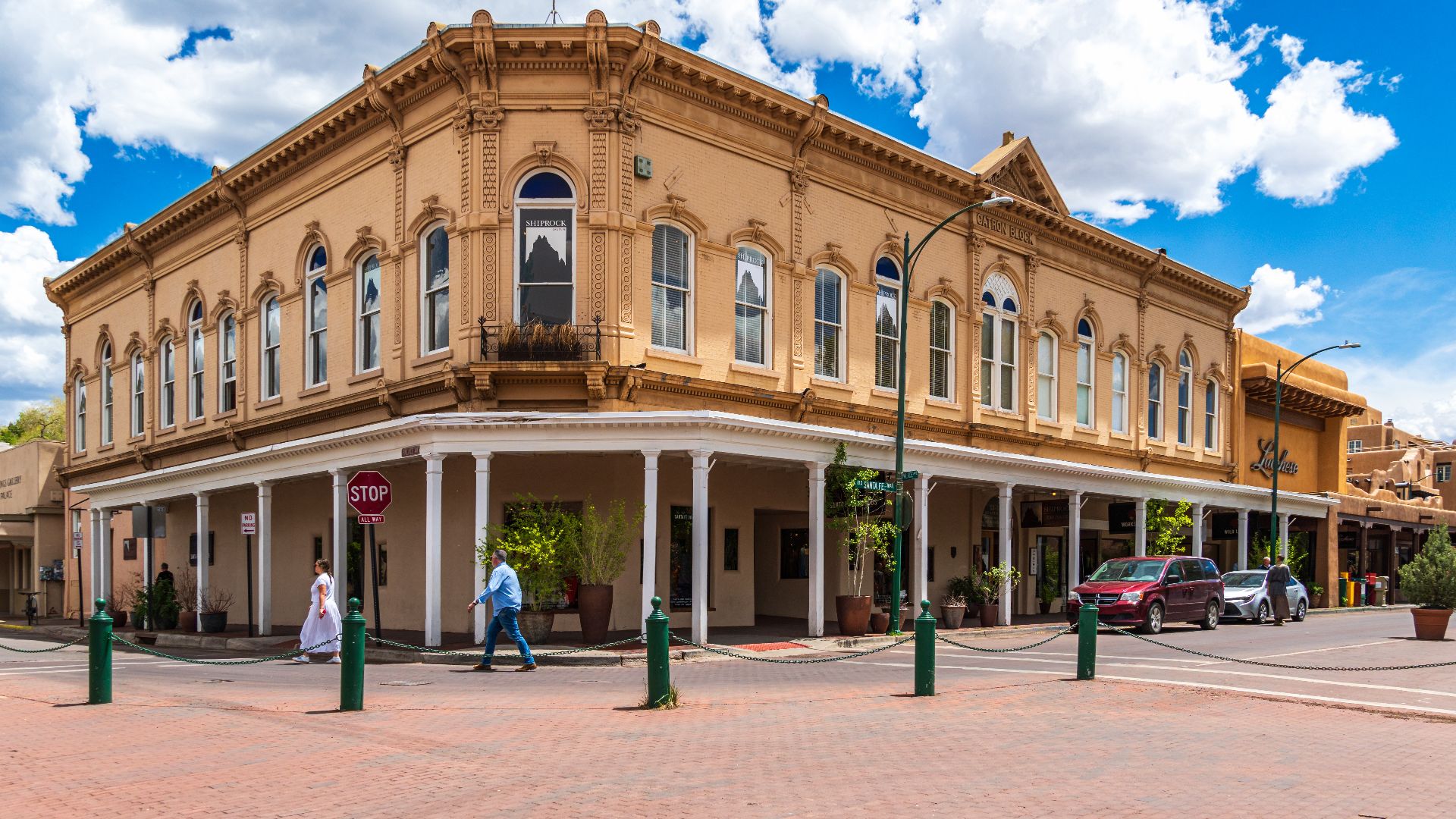 dconvertini, Wikimedia Commons
dconvertini, Wikimedia Commons
Sioux Falls, South Dakota: Big Growth on the Plains
Sioux Falls has quietly become one of the fastest-growing cities in the Midwest. Its low taxes, strong job market, and quality healthcare attract families and professionals from across the country.
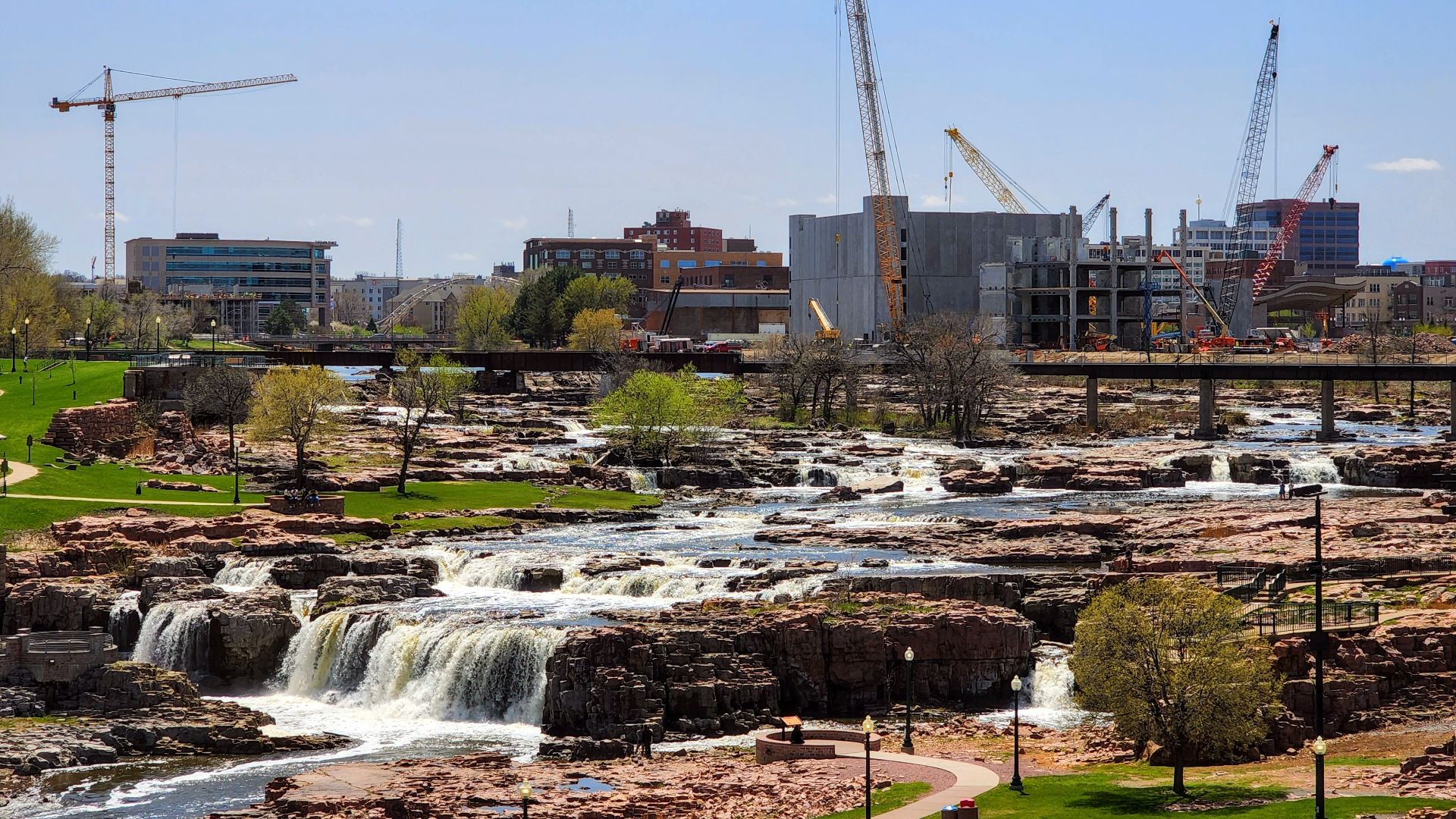 Maxpower2727, Wikimedia Commons
Maxpower2727, Wikimedia Commons
Fort Collins, Colorado: College Town Turned Hotspot
Once known mainly for Colorado State University, Fort Collins now draws tech workers and outdoor enthusiasts alike. Its proximity to Denver offers big-city access without big-city stress.
 Citycommunications at English Wikipedia, Wikimedia Commons
Citycommunications at English Wikipedia, Wikimedia Commons
Huntsville, Alabama: Rockets and Relocation
Home to NASA’s Marshall Space Flight Center, Huntsville has turned its aerospace roots into economic momentum. It’s one of the South’s top destinations for STEM professionals and remote workers.
 WeaponizingArchitecture, Wikimedia Commons
WeaponizingArchitecture, Wikimedia Commons
Rapid City, South Dakota: Gateway to the Black Hills
Rapid City’s population has climbed thanks to its location near Mount Rushmore and the Black Hills. New arrivals appreciate its affordability, clean air, and wide-open surroundings.
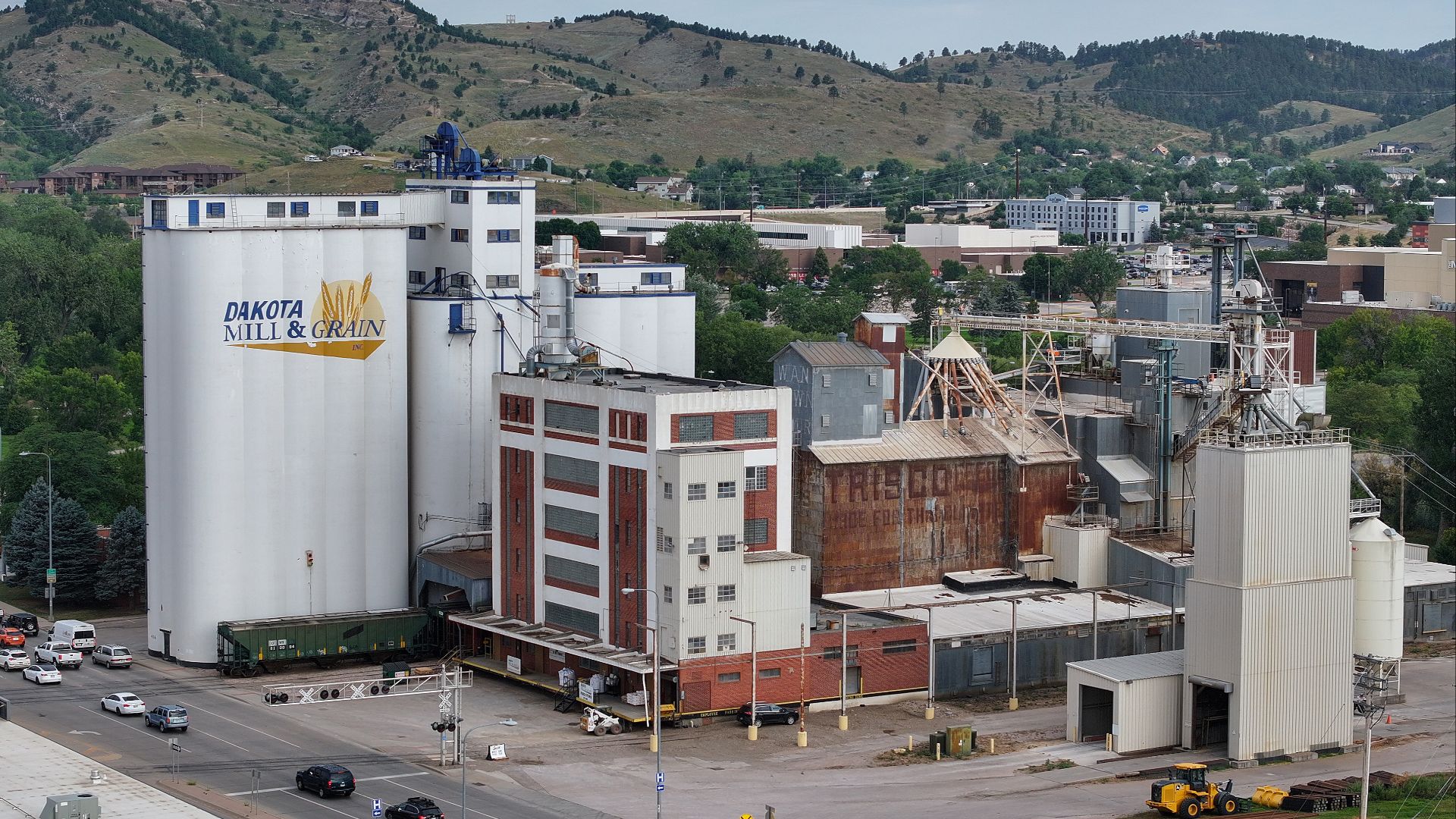 Quintin Soloviev, Wikimedia Commons
Quintin Soloviev, Wikimedia Commons
Knoxville, Tennessee: The Quiet Alternative
While Nashville and Memphis boom, Knoxville is drawing attention as Tennessee’s quieter, more affordable option. Its riverside location and growing downtown appeal to younger transplants.
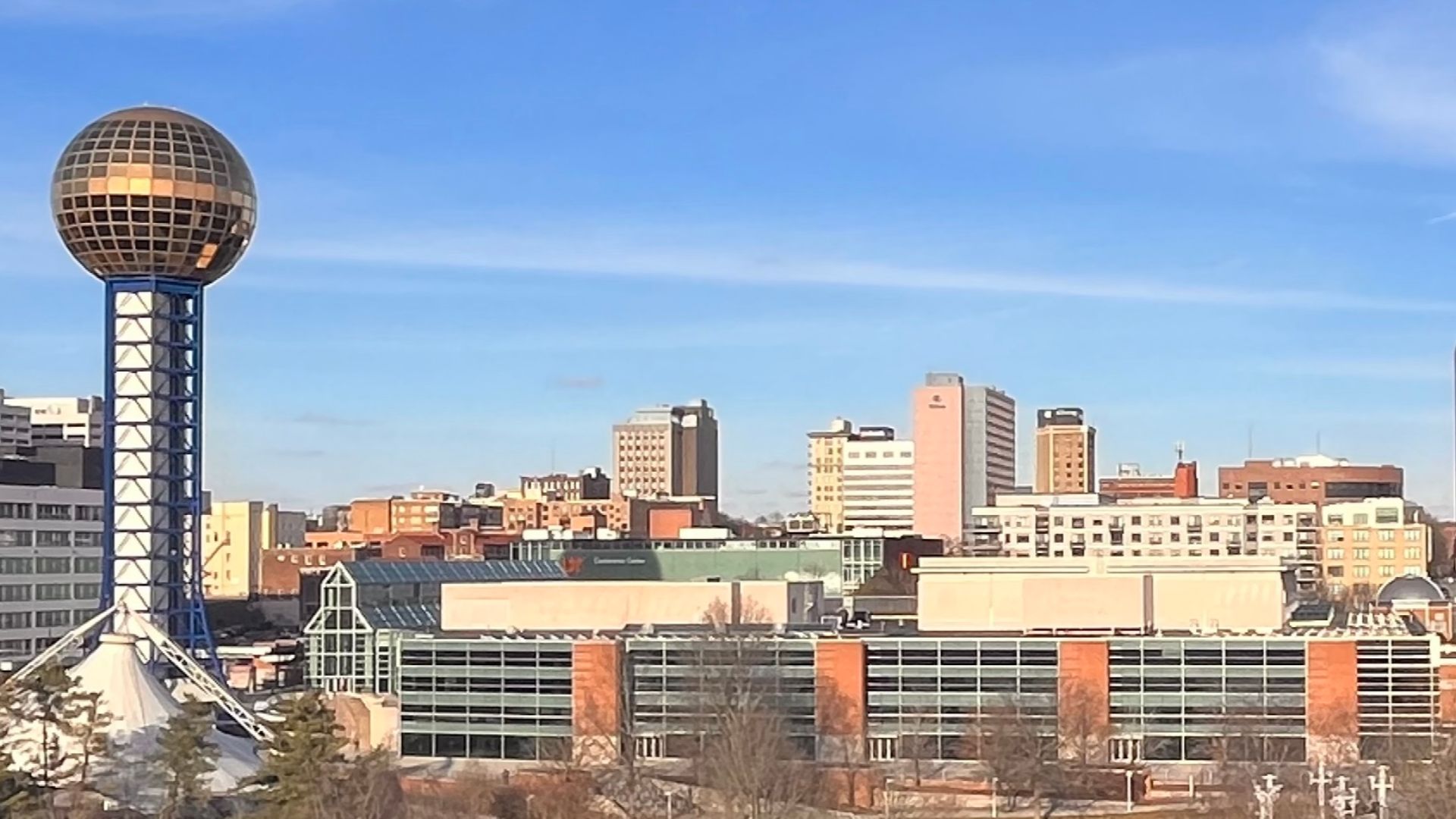 WeaponizingArchitecture, Wikimedia Commons
WeaponizingArchitecture, Wikimedia Commons
Savannah, Georgia: Historic Charm, Modern Growth
Savannah combines centuries-old architecture with a growing economy driven by tourism and logistics. The city’s walkable layout and cultural offerings attract both retirees and remote professionals.
Spokane, Washington: The Inland Northwest’s Hidden Gem
Spokane’s downtown revitalization and affordable housing make it a strong alternative to pricier Seattle and Portland. Its surrounding lakes and forests are a constant draw for newcomers.
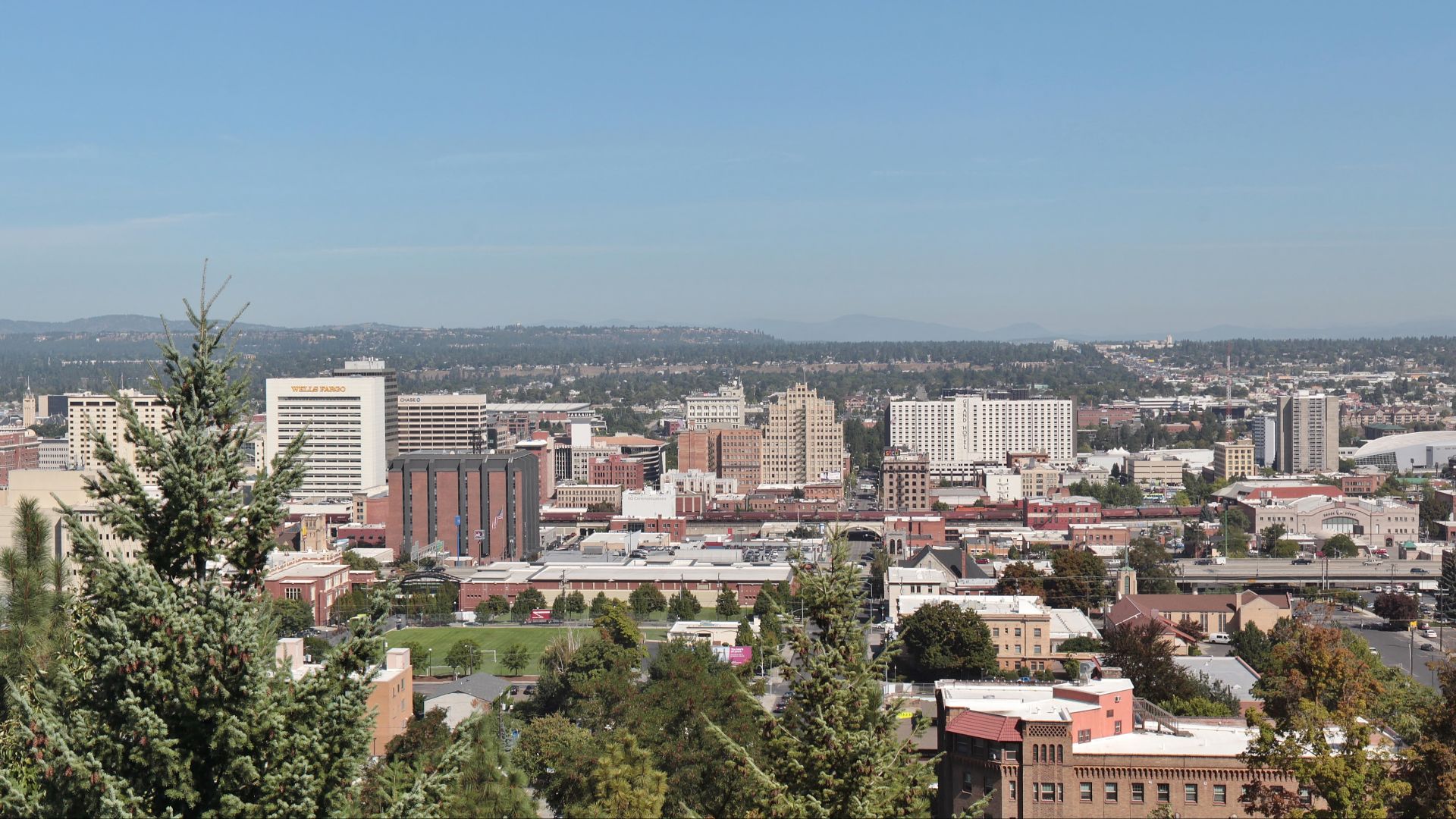 SounderBruce, Wikimedia Commons
SounderBruce, Wikimedia Commons
St. George, Utah: Red Rocks and Rapid Growth
St. George’s population has surged as retirees and outdoor enthusiasts discover its desert beauty. The city’s mild winters and access to Zion National Park make it one of the fastest-growing in America.
 Murray Foubister, Wikimedia Commons
Murray Foubister, Wikimedia Commons
Des Moines, Iowa: Small City, Big Opportunity
Des Moines has evolved from an insurance hub into a center for finance, tech, and media. Its affordability and stable economy are attracting remote workers and young families from coastal cities.
 Tim Kiser (w:User:Malepheasant), Wikimedia Commons
Tim Kiser (w:User:Malepheasant), Wikimedia Commons
The New American Map
As Americans spread out from big cities, small and mid-sized towns are reshaping the country’s demographic landscape. The migration trend shows no sign of slowing—America’s heartland is on the rise once again.




